Aerospace
Airbus completes automatic aerial refueling flight test for F-15
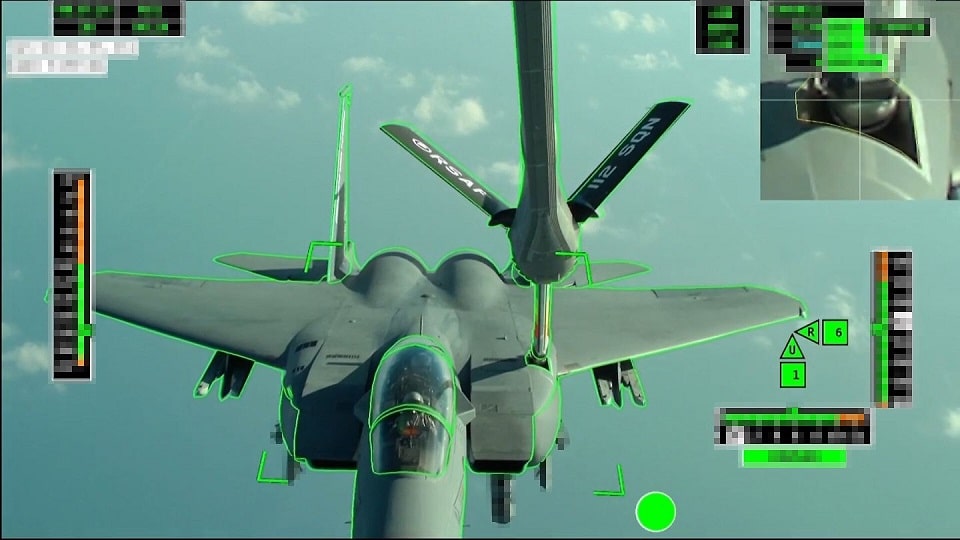
Prior to its certification in the first half of 2024, Airbus and the Republic of Singapore Air Force (RSAF) collaborated to successfully complete the automatic air-to-air refueling (A3R) flight test campaign with the Airbus A330 Multi Role Tanker Transport (MRTT) and F-15 fighter.
A RSAF A330 MRTT performed more than 500 automatic wet and dry contacts with the air force’s entire fleet of receiver aircraft over the course of three weeks in August, including the F-15SG aircraft, a customized variation of the US-built F-15E Strike Eagle air-to-ground fighter jet.
In order to finish the development and allow night capabilities with the automated system, further night flights were conducted throughout the test campaign, using not only F-15s but also the RSAF’s A330 MRTT and F-16s as receivers for data collecting.
The A330 MRTT became the first tanker in the world to be licensed for autonomous air-to-air refueling operations in daylight with F-16s and A330 MRTTs acting as receivers in July 2022.
In order to maximize air superiority, the autonomous refueling system minimizes the burden of air-refueling operators, enhances safety, and optimises the rate at which fuel is transferred from one aircraft to another.
10 fastest fighter jets in the world.(Opens in a new browser tab)
The Airbus A330 MRTT, which has been combat tested since 2014, is approved for aerial refueling using boom and hose-and-drogue systems for a variety of aircraft, including the F-15, F-16, F-35, A330 MRTT, AWACS, Eurofighter, and many others.

Aerospace
Boeing Transfers Rocket Stage to NASA, Paving Way for Human Moon Mission
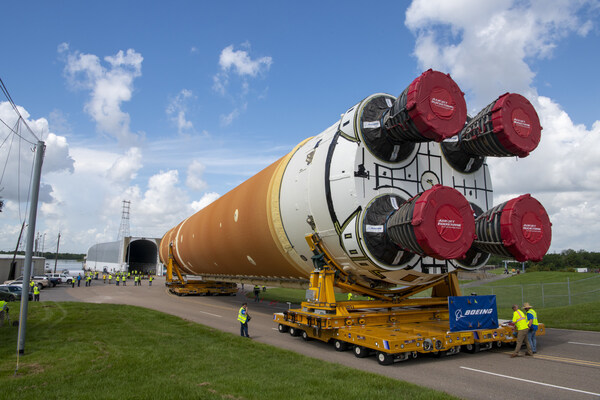
Boeing has achieved a significant milestone by providing NASA with the second core stage of the Space Launch System (SLS) rocket.
This crucial component, crafted at NASA’s Michoud Assembly Facility (MAF), is set to propel the Artemis II crew into lunar orbit, marking humanity’s return to deep space after a 50-year hiatus.
The monumental Boeing-built rocket stage, the largest element of the Artemis II mission, will embark on a journey aboard the Pegasus barge, traveling 900 miles to NASA’s Kennedy Space Center.
Comparison of two legendary aircraft B777x vs B747 aircraft:Click here
Upon arrival, it will be meticulously integrated with other essential Artemis II components, including the upper stage, solid rocket boosters, and NASA’s Orion spacecraft within the iconic Vehicle Assembly Building. This intricate integration process is a vital step toward the eagerly anticipated Artemis II launch, slated for 2025.
“Boeing-built products helped land humankind on the moon in 1969, and we’re proud to continue that legacy through the Artemis generation,” remarked Dave Dutcher, vice president and program manager for Boeing’s SLS program. “Together, with NASA and our industry partners and suppliers, we are building the world’s most capable rocket and paving the way to deep space through America’s rocket factory in New Orleans.”
NASA, Lockheed Martin Reveal X-59 Quiet Supersonic Aircraft:Click here
The delivery of Core Stage 2 marks a significant achievement in the evolution of the SLS rocket. Towering over 200 feet and powered by four RS-25 engines, this core stage, coupled with two solid-fueled booster rockets, will generate a staggering 8.8 million pounds of thrust. This immense power is crucial to launching Artemis II and future missions into the vast expanse of space.
The SLS rocket stands unparalleled in its capability to transport both crew and substantial cargo to the moon and beyond in a single launch. Its extraordinary capacity will facilitate the delivery of human-rated spacecraft, habitats, and scientific missions to destinations including the moon and Mars, ushering in a new era of space exploration.
-
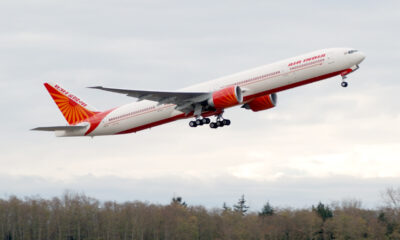
 Travel1 week ago
Travel1 week agoAir India to Expand US Operations with Three New Routes After a Decade
-

 Travel2 weeks ago
Travel2 weeks agoWhy We Should Avoid These Stamps in a Passport
-
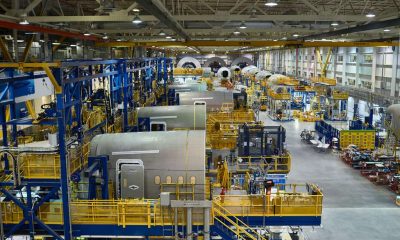
 Airlines1 month ago
Airlines1 month agoInvestigations Reveal Fake Chinese Titanium in Boeing and Airbus Jets
-
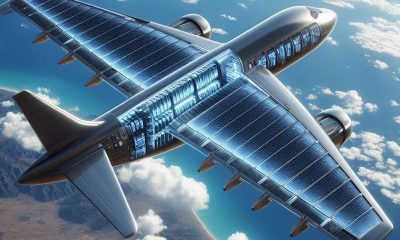
 Tech4 weeks ago
Tech4 weeks agoChina’s CATL Plans 1,800-Mile Electric Plane Launch by 2027
-
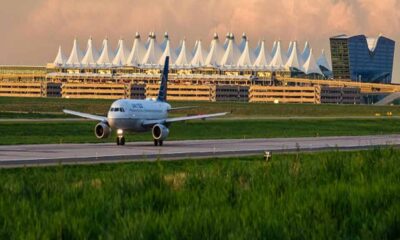
 Airport3 days ago
Airport3 days agoTop 10 Largest Airports in the World by Size
-
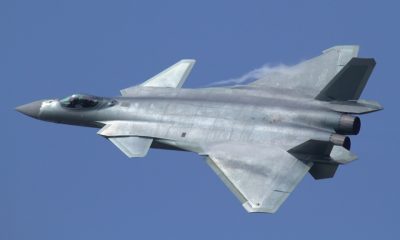
 Aerospace4 weeks ago
Aerospace4 weeks agoChina’s Fighter Jets Turn Wings into Autonomous Drones
-
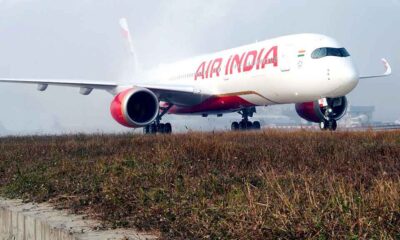
 Airlines4 days ago
Airlines4 days agoAir India Rolls Out A350s for Delhi-New York JFK and Newark Routes
-
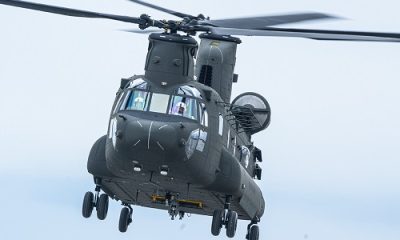
 Defence3 weeks ago
Defence3 weeks agoBoeing Enhances Chinook with New Engines and Block II Upgrades at $96 Million







